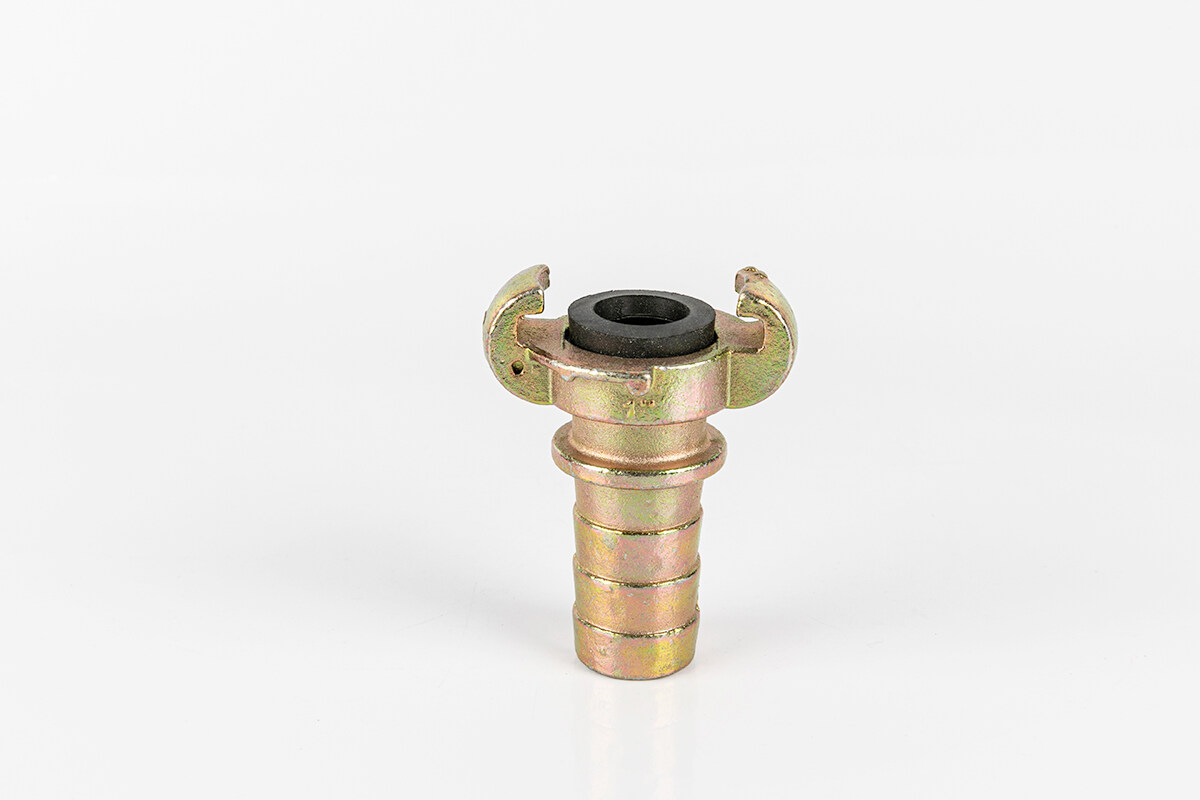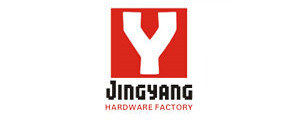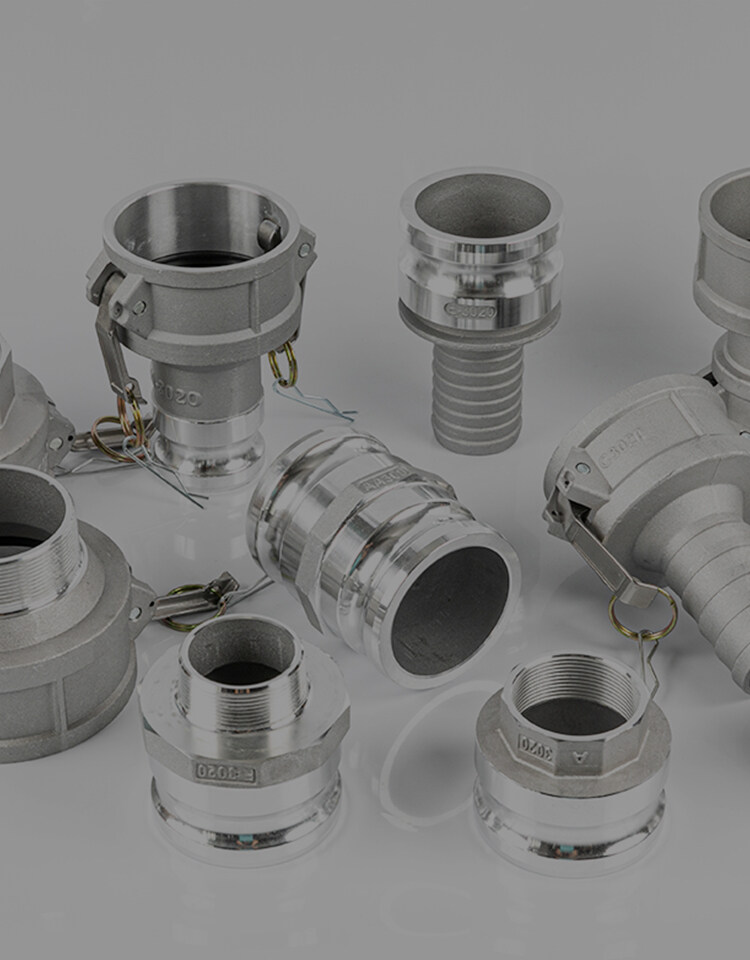Email format error
Email cannot be empty
Email already exists
6-20 characters(letters plus numbers only)
The password is inconsistent
Email format error
Email cannot be empty
Email does not exist
6-20 characters(letters plus numbers only)
The password is inconsistent

News
Here, you can describe a piece of text you want to express

Unlocking Versatility: Exploring the World of Hose Adapters
When it comes to fluid and gas transportation, the importance of hose adapters cannot be overstated. These unassuming connectors serve as the backbone of a vast array of industries and applications, enabling the seamless flow of liquids and gases from one point to another. In this comprehensive guide, we will delve deep into the realm of hose adapters, their diverse applications, and the critical role they play in our daily lives.
Chapter 1: Understanding the Anatomy of Hose Adapters
1.1 Hose Adapter Basics
Hose adapters are simple yet highly versatile connectors that come in various shapes and sizes, depending on their intended application. They primarily consist of threaded ends, which are designed to be compatible with different types of hoses, pipes, or equipment. The threads are often NPT (National Pipe Thread) or BSP (British Standard Pipe) to ensure a secure fit. A gasket, typically made of rubber or other resilient materials, creates a seal when the adapter is connected, preventing leaks. In many cases, hose adapters may also feature couplings or clamps to provide additional stability and security.
The adaptability of hose adapters is one of their key features. They can be found in a wide range of materials, from stainless steel to plastic, and are designed to handle varying pressure and temperature conditions.
1.2 Bulk Tank Hose Adapter
In certain industrial settings, the demand for a reliable and robust solution for the transfer of large volumes of liquids is met by the bulk tank hose adapter. These adapters are often used in agriculture and the petroleum industry, where substantial quantities of fluids need to be transported efficiently. Their design allows for a swift connection and disconnection, making them an essential component for the handling of bulk materials.
Bulk tank hose adapters are commonly constructed from materials like stainless steel or aluminum to ensure their durability under challenging conditions. The ease of use and dependability of these adapters make them vital in industries that rely on the smooth flow of materials, such as agriculture and the petroleum sector.
Chapter 2: The Birthplace of Quality: China Hose Adapter Manufacturers
2.1 China's Role in the Global Market
China has emerged as a dominant player in the global manufacturing landscape. The country's immense manufacturing capabilities and cost-effective production methods have led to a substantial share of the world's market across various industries, including the hose adapter sector.
China's role in the hose adapter industry can be attributed to several key factors:
Economies of Scale: China's massive industrial infrastructure allows for large-scale production, reducing costs and making products, including hose adapters, more affordable on the global market.
Skilled Workforce: China boasts a vast pool of skilled labor, including engineers, machinists, and quality control experts, ensuring high-quality products.
Quality Control: Chinese manufacturers have made significant investments in quality control processes, with many facilities adhering to international quality standards.
2.2 Choosing the Right China Hose Adapter Factory
Selecting the right China hose adapter factory is paramount to ensuring the quality and reliability of the products you receive. Consider the following factors when making your choice:
Reputation: Research the reputation of the factory in question. Online reviews, industry certifications, and customer testimonials can be valuable sources of information.
Quality Control Measures: Inquire about the factory's quality control processes, including the use of testing equipment, and their adherence to international standards.
Customization Options: Determine if the factory can accommodate custom specifications or design modifications for your specific needs.
Cost and Lead Times: Evaluate the factory's pricing, lead times, and minimum order requirements to ensure they align with your budget and project timeline.
Chapter 3: Exploring the Diverse Applications of Hose Adapters
3.1 Residential Applications
In our daily lives, hose adapters find application in numerous household tasks, making our lives more convenient. These adapters come in various forms, and we often encounter them in the following scenarios:
Garden Hose Connectors: These are perhaps the most common hose adapters found in households. They connect the garden hose to faucets, nozzles, or sprinklers, enabling us to water plants, wash cars, and perform various outdoor tasks with ease.
Kitchen Faucet Adapters: In the kitchen, hose adapters allow for the attachment of specialized accessories, such as sprayers or filtration systems, to the faucet, enhancing functionality and water quality.
Bathroom Plumbing: Hose adapters also play a role in bathroom plumbing, helping attach flexible showerheads or bidet attachments, adding versatility to our daily routines.
3.2 Industrial and Agricultural Applications
In industrial and agricultural settings, hose adapters are indispensable components, facilitating various critical operations. Here are some of their key applications:
Irrigation Systems: Agriculture heavily relies on irrigation to maintain crops. Hose adapters are used to connect irrigation hoses, pipes, and pumps to ensure efficient water distribution across vast farmlands.
Chemical Plants: Chemical facilities employ a wide array of hose adapters to transport various chemicals safely. They must be constructed from materials resistant to corrosion and able to handle the specific chemicals they come into contact with.
Hydraulic Machinery: In industrial settings, hydraulic machinery often requires hose adapters to connect hoses and cylinders, ensuring the smooth operation of heavy equipment.
3.3 Automotive and Aerospace Industries
The automotive and aerospace industries are characterized by stringent quality standards and the need for precision components. Hose adapters serve crucial roles in these sectors:
Vehicle Maintenance: In automotive repair and maintenance, hose adapters are used to connect various systems, such as brake fluid or coolant lines. They must be durable and resistant to the specific fluids they handle.
Aircraft Construction: In the aerospace industry, the lightweight and high-strength characteristics of materials used in hose adapters are crucial for ensuring aircraft safety and efficiency. These adapters are used in fuel systems, hydraulics, and other critical areas.
Chapter 4: Materials Matter: Hose Adapter Construction
4.1 Common Materials Used in Hose Adapter Production
Hose adapters can be made from a wide range of materials, and the choice of material depends on the intended application, the type of fluid or gas being transported, and environmental conditions. Here are some of the most common materials used in hose adapter construction:
Stainless Steel: Stainless steel is a highly durable and corrosion-resistant material, making it ideal for applications where longevity and reliability are paramount. It is commonly used in industrial and automotive settings, as well as in situations where sanitation is critical, such as in the food industry.
Brass: Brass offers good corrosion resistance and is relatively easy to machine. It is often used in plumbing and hydraulic applications. Brass hose adapters are also favored for their aesthetic qualities, making them suitable for visible connections in residential settings.
Aluminum: Aluminum is known for its lightweight properties and good corrosion resistance. It is frequently used in aerospace applications where weight reduction is critical. Aluminum hose adapters are also suitable for outdoor use due to their resistance to rust.
Plastic: Plastic hose adapters are lightweight and cost-effective. They are often used in applications where chemical resistance and insulation are essential, such as in the chemical industry or for electrical conduit connections.
Carbon Steel: Carbon steel hose adapters are known for their strength and durability. They are commonly used in heavy-duty industrial applications and are suitable for high-pressure and high-temperature conditions.
4.2 Durability and Corrosion Resistance
The longevity and reliability of hose adapters greatly depend on their durability and resistance to corrosion. Different materials and coatings can enhance these properties:
Coatings: Many hose adapters are coated with protective layers to improve their resistance to corrosion. Common coatings include zinc plating, nickel plating, and various types of paint. These coatings create a barrier between the metal surface and the environment, reducing the risk of rust or degradation.
Material Selection: Choosing the right material for the specific application is critical. For instance, in environments where exposure to corrosive chemicals is a concern, stainless steel or specialized alloys may be the best choice. In contrast, brass adapters may suffice for indoor plumbing where moisture is the primary environmental factor.
Maintenance: Regular maintenance is crucial to preserving the durability and corrosion resistance of hose adapters. This includes inspections, cleaning, and, if necessary, reapplication of protective coatings.
Environmental Factors: Hose adapters should be selected considering the environmental factors they will be exposed to. Factors like humidity, temperature fluctuations, and exposure to chemicals or saltwater play a role in determining the appropriate material and coatings for hose adapters.
Chapter 5: The Future of Hose Adapters
5.1 Innovations in Hose Adapter Technology
The world of hose adapters is not stagnant; it's evolving to meet the changing needs of various industries. Some of the recent innovations in hose adapter technology include:
Quick-Connect Adapters: Quick-connect systems allow for rapid attachment and detachment of hose adapters without the need for tools. These are increasingly popular in applications where time efficiency is crucial.
Smart Adapters: Smart technology is making its way into hose adapters, allowing for real-time monitoring of fluid flow, pressure, and temperature. This is particularly valuable in industrial and automotive settings, where precise control is essential.
Sustainable Materials: The drive toward sustainability has led to the development of hose adapters made from recycled or environmentally friendly materials. These adapters meet the growing demand for eco-conscious solutions.
5.2 Environmental Considerations
The impact of hose adapters on the environment is an increasingly significant concern. As awareness of environmental issues grows, the industry is taking steps to address these concerns:
Recycling Initiatives: Many manufacturers are developing recycling programs for hose adapters. When adapters reach the end of their lifespan, they can be returned to the manufacturer for repurposing, reducing waste.
Eco-Friendly Materials: Manufacturers are exploring materials that are not only durable and efficient but also environmentally friendly. Recycled plastics and sustainable alloys are gaining popularity.
Energy Efficiency: Innovations in hose adapter design are also being driven by a desire to reduce energy consumption. Efficient adapters can minimize energy usage in various applications, contributing to environmental conservation.
Chapter 6: Maintenance and Troubleshooting
6.1 Regular Maintenance Practices
Ensuring the longevity and efficiency of hose adapters requires regular maintenance. Here are some key practices to keep in mind:
Inspection: Regularly inspect hose adapters for signs of wear, damage, or corrosion. Identifying issues early can prevent costly downtime and repairs.
Cleaning: Clean hose adapters when necessary, especially in applications where contaminants might build up. This includes removing dirt, debris, and chemical residue that could compromise performance.
Lubrication: In applications where hose adapters are frequently connected and disconnected, it's essential to lubricate threads and seals to prevent damage and ensure a tight, leak-free connection.
Testing: Periodically test hose adapters to ensure they are functioning correctly. This might involve pressure tests, flow rate measurements, or checking for leaks.
6.2 Troubleshooting Common Issues
Even with regular maintenance, issues can arise with hose adapters. Here are some common problems and how to troubleshoot them:
Leaks: Leaks are a prevalent issue and can be caused by damaged gaskets, loose connections, or threads that aren't properly sealed. To resolve this, check and replace gaskets, tighten connections, and use thread sealant if necessary.
Corrosion: Corrosion can compromise the integrity of hose adapters. If corrosion is detected, it's crucial to replace the affected components with new ones. Regular cleaning and the application of anti-corrosion coatings can prevent this issue.
Thread Damage: Over time, threads can become worn or damaged. If this occurs, the adapter may not create a secure connection. In such cases, it's best to replace the adapter. Proper lubrication and careful handling can prevent thread damage.
Cracking or Breakage: In high-stress applications, hose adapters may develop cracks or break. Replacement is usually the only solution, but selecting a more robust adapter or using additional support, such as brackets or clamps, can prevent this issue.
Conclusion
In this extensive exploration of hose adapters, we've journeyed from the basics of their construction to their applications in various industries and their vital role in our daily lives. We've examined the impact of China's manufacturing capabilities on the global market, discussed the critical role of material selection, and peeked into the future of hose adapter technology with innovations and eco-friendly initiatives.
As you venture into the world of hose adapters, remember that these unassuming connectors are the unsung heroes, ensuring the smooth flow of our modern lives. Whether you're a DIY enthusiast, an engineer, or an environmentally conscious consumer, the world of hose adapters has something to offer for everyone. With careful selection, maintenance, and an eye on the future, hose adapters will continue to support a wide range of applications, making our world more connected and efficient.

